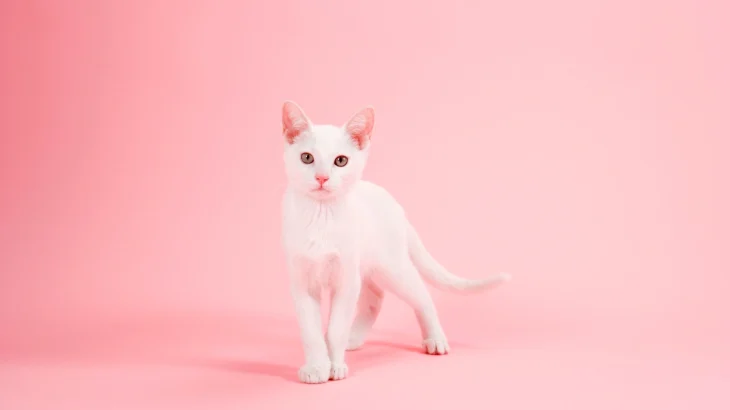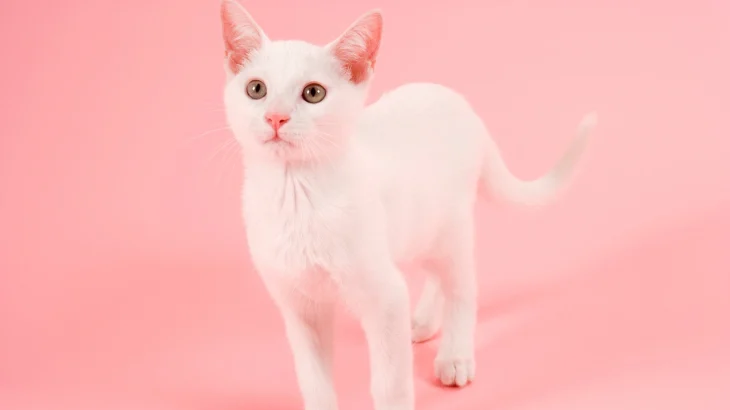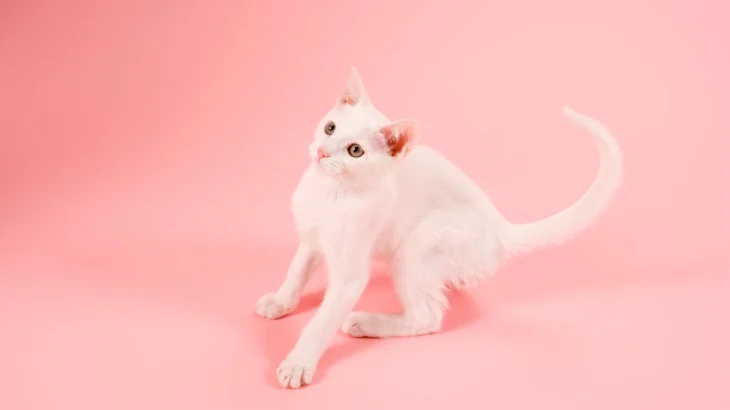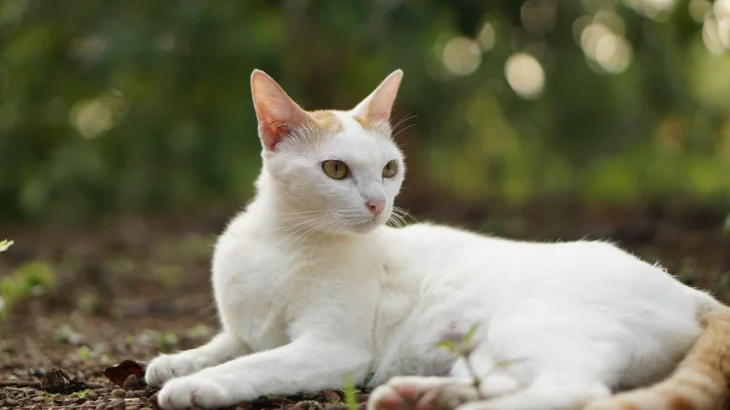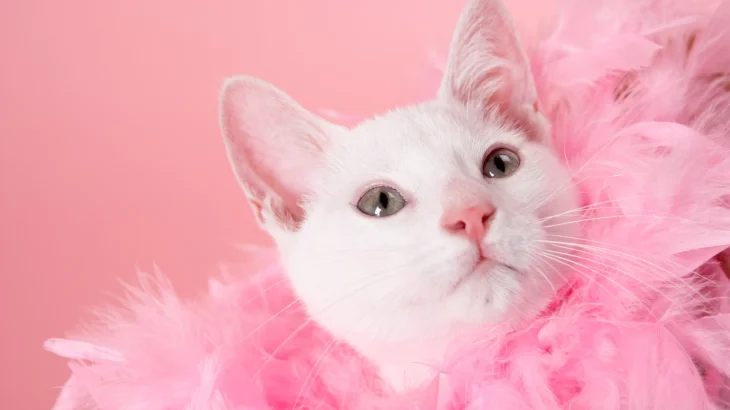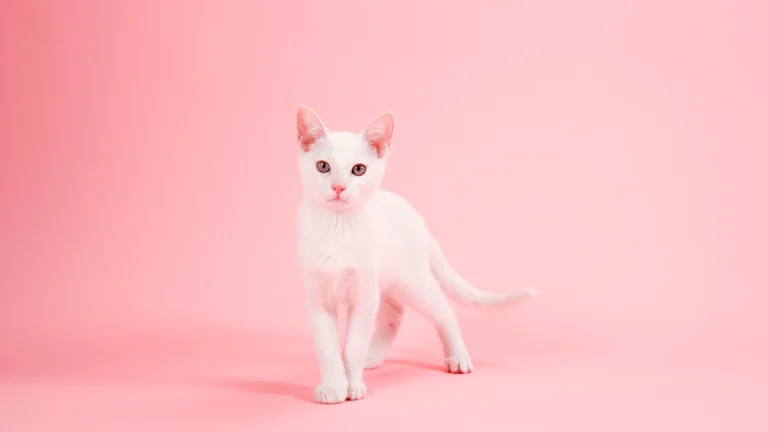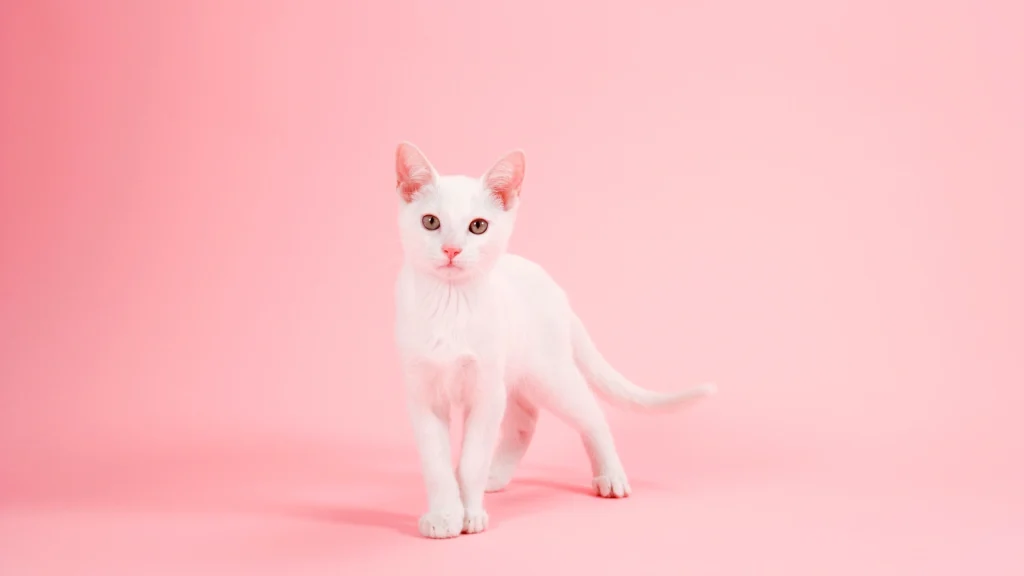When deciding whether to bring a Russian White kitten into your home, choosing between adoption and purchasing from a breeder depends largely on your priorities. Adoption offers a chance to provide a loving home, often at a lower cost, while purchasing from a reputable breeder ensures detailed knowledge of the cat's lineage and health history, which is important for maintaining breed standards.
Adoption vs. Breeder: Pros & Cons
| Criteria | Buying from Breeder | Adopting from Shelter/Rescue |
|---|---|---|
| Cost | Higher initial cost due to purebred status and breeding expenses. | Lower adoption fees, usually include basic veterinary care. |
| Health History | Comprehensive health and genetic screening records available. | Health background may be limited; shelters provide basic health checks. |
| Breed Purity & Pedigree | Guaranteed pedigree and breed purity, important for Russian White standards. | Breed purity often uncertain; may not suit those seeking a purebred. |
| Temperament Insight | Breeders can share lineage-specific temperament info. | Shelter staff may share behavior insights, but full history often unavailable. |
| Supporting Practices | Supports ethical breeding if choosing reputable breeders. | Supports animal welfare by rescuing cats needing homes. |
| Return Policy & Support | Often includes breeder support and return policies. | Return policies vary; support depends on shelter resources. |

